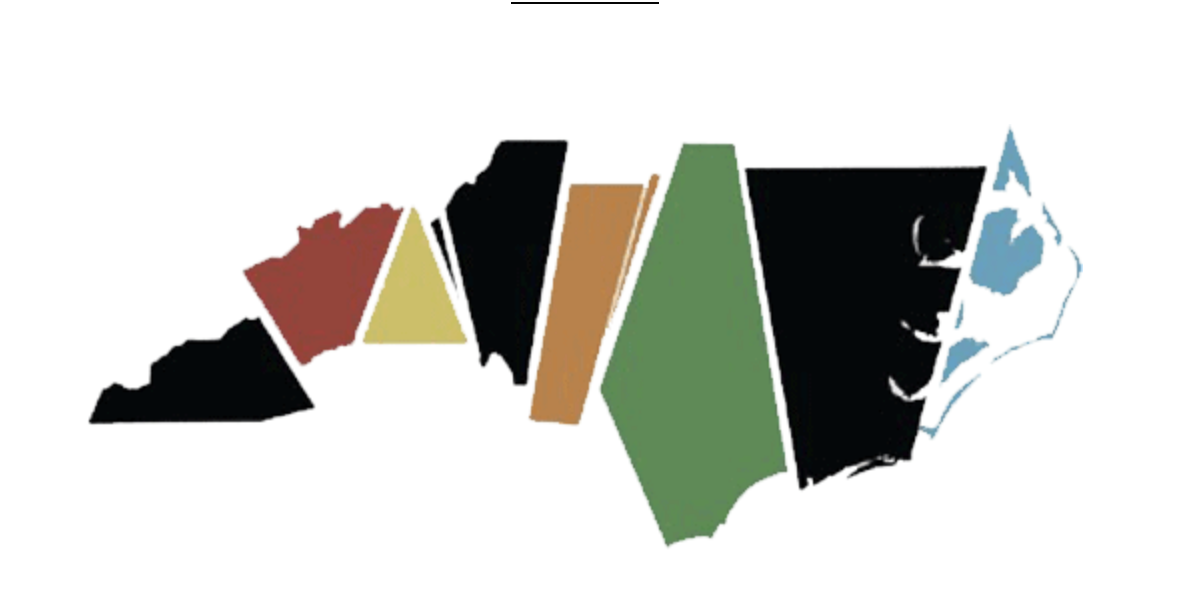

What is the color of public education in North Carolina? Demographically, it would be something like 54% white, 24% Black, and 22% Brown (including Hispanic and Asian).
The emotional answer could be yellow — the color of hope — with blank streaks representing the work still not done. That was the mood at the Color of Education 2020 virtual summit in October, a conference about achieving racial equity in schools.
“Each and every one of us gathering today has a different story, a different journey that led us to be part of the Color of Education 2020,” Public School Forum Executive Director Mary Ann Wolf said when she kicked off the conference. “As I was reflecting on the significance and the opportunity of being together, I kept coming back to the idea of how fortunate we are to have a space to learn together.”
Going virtual for the first time in three years allowed the Public School Forum to expand the event, which traditionally happens on a single day. Color of Education became a monthlong conversation of four installments among more than 1,000 attendees about the intersection of race and education.
Organizers said Color of Education aims to connect work across the continuum of research, policy, and practice. Wolf said the honest and critical conversations at the event “will challenge us to take action steps as individuals and as a collective to eliminate racism and inequities in our public school system.”
Videos of each session of the summit, as well as student reflections on many panels, are collected here.
This year, not surprisingly, much of the conversation included COVID-19.
What we learned about health disparity
The conference began with clarification: that COVID-19 and the protests after the killing by police of George Floyd in Minneapolis merely exposed pre-existing inequity.
“We are living in interesting times, but I will say that they’re not necessarily surprising times,” said Keisha Bentley-Edwards, a researcher and medical school professor at Duke.
“If you understand the historical context, as well as the contemporary manifestations of systemic racism, then you would definitely be disheartened, but you would not be surprised by the disparities that have been laid bare due to COVID-19 and the state-sanctioned violence that resulted in the deaths of Breonna Taylor, George Floyd, and more than 160 other Black people killed by police in 2020.”
Bentley-Edwards and a colleague at Duke’s Samuel DuBois Cook Center on Social Equity, William “Sandy” Darity, focused on pre-existing health and wealth disparities in the Black and Brown communities.
Bentley-Edwards listed several comorbidities for COVID-19, including diabetes, obesity, asthma, and pulmonary disease.
“You find African Americans, Latinos and Native Americans carry a disproportionate burden in either the prevalence or the mortality of these conditions,” she said. “So in many ways, COVID-19 reflects how, especially for these conditions that we know how to treat, Black, Latinos and Native Americans are more likely to die or be severely ill than their white counterparts.”
While these disparities affect the ability of certain students and educators to safely resume in-person education, the issue is a double-edged sword, the Duke panelists said. That’s because wealth inequity also makes it harder for these communities to learn remotely.
What we learned about wealth disparity
The average wealth disparities Darity described between Black and white families are staggering, with the average Black household having about $800,000 less net worth than the average white household.
Darity uses wealth to examine economic disparity rather than income because wealth — the difference between what you own and owe — is a primary indicator of the ability to withstand emergencies.
Income (and to be clear, Darity said there are significant disparities there, too) is tied to continued employment and represents future money owed for work done.
According to the Public School Forum, 72% of Black and Brown students in North Carolina’s public schools have parents who lack secure employment, compared with 21% of white students.
What does that mean for education? For one thing, lower-wealth households have had less access to opportunities for higher-quality education and access to post-secondary education.
But there are more immediate impacts, too.
What we learned about COVID-19 as an inequity multiplier
Education leaders connected the pre-existing health and wealth disparities with COVID-19’s harder impact on marginalized students.
“What we’ve learned over these long seven months is that, as it relates to COVID-19, African American children have been impacted in ways that other children may not have been,” State Senator Valerie Foushee, D-Orange, said. “And not just African American children, but also students who are disadvantaged as it relates to economics.”
When schools stopped in-person instruction, Foushee said, she saw a vast digital divide between students of color and white students. Students of color, as well as students in rural communities, had to leave their homes to access the internet, she said.
The disparate impacts extend to designation of essential workers. Building off earlier comments by Darity, who said industries in which African Americans work are in greater danger of elimination during COVID-19, Foushee added that this same community has little choice but to take jobs that take them outside their homes.
This not only puts them at greater exposure to the virus, but also means they cannot be present while their children are navigating remote instruction.
“One of the things that has been most painful for me to watch and hear about is the lack of nutrition services for these same students,” Foushee added, “many of whom relied on being in school to receive at least two meals per day.”
All of these things — increased exposure to and greater mortality rates from COVID-19, the digital divide, lack of adult support in homes, and nutrition challenges — add up to greater anxiety for students of color.
Nothing changes, if nothing changes
Matthew Bristow-Smith, principal of Edgecombe Early College High School, has seen this first-hand in his majority-Black county. COVID-19 interrupted much of the county’s new approaches to close opportunity gaps and promote equity in schools, he said.
“COVID has hit our students of color disproportionately than our Caucasian students, and that has hurt us,” he said. “And that has made us rethink, once again, how to design the school experience — particularly in remote learning — from the margins.”
COVID-19 is only the latest lens through which prolonged inequities are visible, said James Ford, a State Board of Education member and co-founder of the Center for Racial Equity in Education (CREED).
“Even to those who haven’t paid attention to the data argument, what it did is it illustrated in real human terms the ways that systemic inequality — that is animated along racial lines — robs people of opportunity. …
“It really shows that the way oppression works is that there is no good solution to it. When the winds come, often the populations at the margins are the ones who suffer the most.”
Opportunities for improvement
Many panelists spoke of the Leandro lawsuit and the actions around furthering the plan adopted in that case. But there were other, more local, suggestions, too.
Community engagement
MariaRosa Rangel is the director for family and community engagement in the Office of Equity Affairs for the Wake County Public School System. Her experience throughout the pandemic leads her to believe greater family engagement is vital to improving racial equity in schools.
“When we’re talking about families, the ones who got hit the hardest are the families who need us the most,” she said. “The marginalized families, low-income families, immigrant families, refugee families, families with special ed students, families that have students that English isn’t even their first language.”
Rangel looked to a positive outcome from COVID-19’s uncovering of inequities. For instance, in Wake County it prompted the district to put a device in the hands of every student. For the families the district sometimes struggles to reach, she also discovered how active they were on Facebook and started sharing information, resources, and strategies there.
But she says there is an opportunity to do more to close the family engagement gap. With responsibilities spread across schools, and even more so across districts, families can feel lost in a shuffle or hesitant to reach out for help because they don’t know where to start.
“School districts [should] create a center for families to go for any kind of services — whether it’s language, whether it’s technology, whether it’s food,” she said. “Whatever the resource. For them to know that there is a place for them within the school that they could go and somebody can provide them with some assistance.”
School redesign
Bristow-Smith added that schools should shift their paradigm when it comes to design and service. Are educators the only ones designing the experience? Are academics the only primary driving force?
“The greater challenge … is to co-design the K-12 experience,” he said, “in which scholars of color, they see themselves in the school experience. Where their school experience is a journey of identity and self-discovery for scholars of color, just like it might be for white scholars. Where historically rooted institutional distrust is disrupted because the institutions themselves are committed to change.”
Commitment to change, he said, is evident in Edgecombe because of a coalescence of leaders of color in education.
“They set the tone for the work in our community,” he said.


